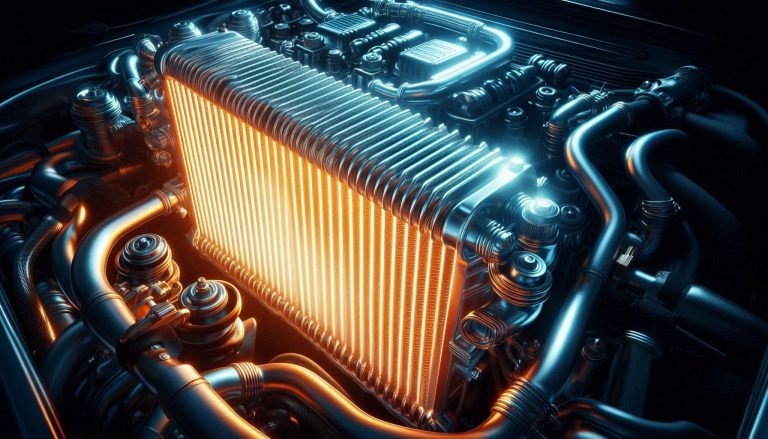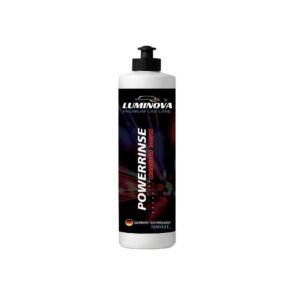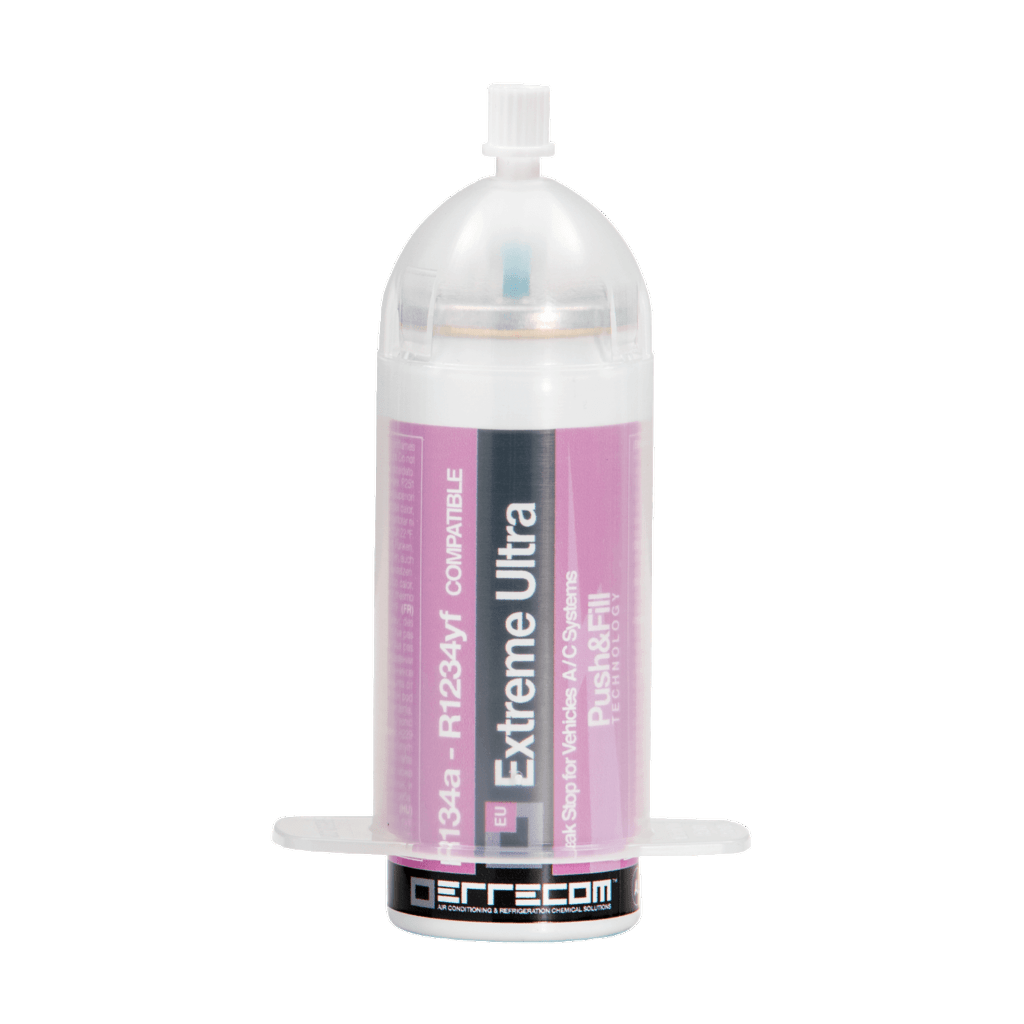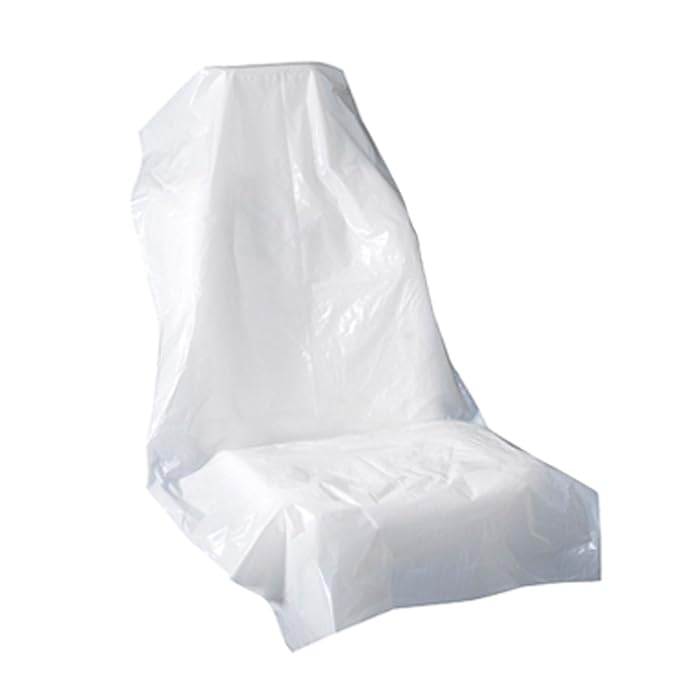Fixing Radiator Leaks with Chemical Sealants: Easy and Effective Solutions
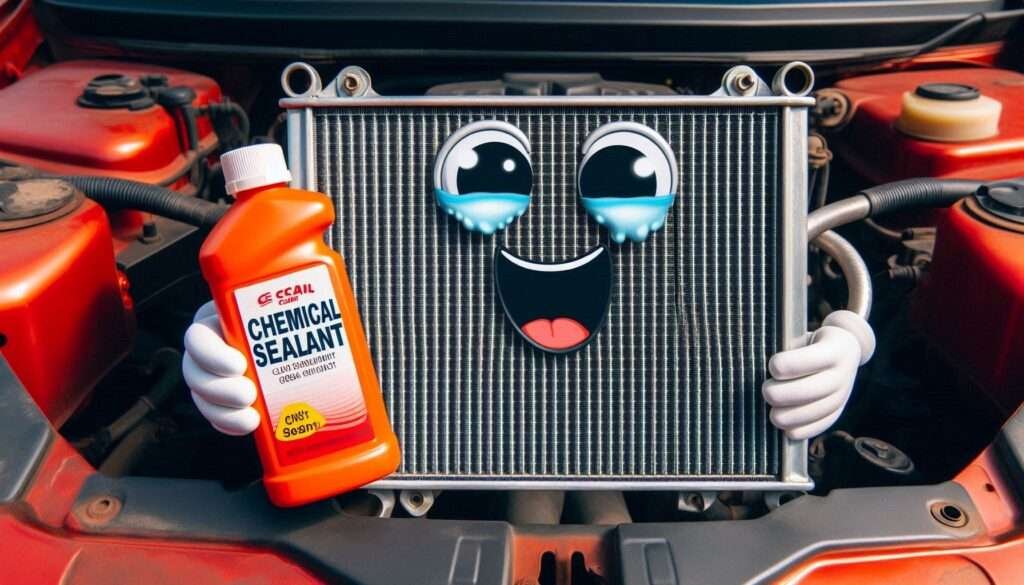
By Ali Hasan Omar | October 5, 2024
Introduction
Radiator leaks can lead to significant issues in your vehicle, such as engine overheating or even long-term engine damage. Fortunately, chemical sealants offer a quick, cost-effective solution to small radiator leaks. This guide explains how to repair your radiator using a chemical sealant, helping you maintain your vehicle and avoid costly breakdowns.
Signs of a Radiator Leak
Identifying a radiator leak early can prevent expensive repairs and extend the life of your engine. Here are the most common signs of a leaking radiator:
- Rising temperature gauge
- Puddles of green or orange coolant under your vehicle
- Low coolant reservoir levels
- Discoloration or rust in the engine bay
A rising temperature gauge is often the first and easiest symptom to notice. While minor leaks might cause only slight temperature fluctuations, significant overheating is a serious issue. If your engine temperature rises too high, stop driving immediately—overheating can cause engine damage that will lead to more costly repairs.
Look for puddles beneath your vehicle as well. Condensation from the air conditioning system is normal, but green or orange puddles typically indicate a coolant leak. Yellow or black liquid may point to a motor oil leak, whichLastly, rust or discoloration in the engine bay could indicate a slow leak where coolant has evaporated rather than pooled. requires attention as well.
Regularly check your coolant reservoir. If it’s consistently low despite frequent refilling, this could be a sign of a slow leak in your radiator or cooling system.
Rust or discoloration in the engine bay may also point to a slow coolant leak that’s been evaporating rather than pooling on the ground.
What is a Chemical Sealant?
A chemical sealant is a liquid product formulated to seal small leaks in your radiator, hoses, and other components of your vehicle’s cooling system. These sealants contain special compounds that bond with metal, plastic, or rubber surfaces, forming a durable, heat-resistant seal when exposed to the high temperatures of your engine. This can provide a temporary or, in some cases, permanent solution for minor leaks.
Step-by-Step Guide to Repair Radiator Leaks Using Chemical Sealants
Step 1 – Choose the Right Sealant
There are several types of chemical sealants on the market, each designed for different leak sizes and cooling system materials. Some sealants are designed for small leaks, while others can handle larger cracks. Make sure you select a product that is compatible with your vehicle’s coolant and radiator material, whether it’s made from aluminum, copper, or plastic.
Step 2 – Prepare Your Vehicle
Before applying the sealant, make sure your vehicle is parked on a flat surface and the engine is completely cool. Never open the radiator cap while the engine is hot, as escaping steam or coolant could cause burns.
Step 3 – Drain Some Coolant (Optional)
In many cases, sealants can be added directly into the cooling system without draining any coolant. However, some products may recommend draining a small amount to create space for the sealant. To do this:
- Locate the radiator drain valve at the bottom of the radiator.
- Place a container beneath the valve to catch any coolant that drains out.
- Open the valve and allow 1–2 quarts of coolant to drain if necessary.
Step 4 – Shake the Sealant
Before applying the sealant, shake the bottle thoroughly to ensure that the solution is properly mixed. This maximizes the product’s effectiveness when sealing the leak.
Step 5 – Add the Sealant

Open the radiator cap and pour the sealant directly into the radiator. In some vehicles, you may be able to add the sealant into the coolant reservoir. Always refer to the product’s instructions to ensure you’re applying it correctly.
Tip: Use a funnel to avoid spilling the sealant.
Step 6 – Run the Engine
Once the sealant has been added, replace the radiator cap and start your vehicle. Let the engine idle for about 10–20 minutes or drive the car for a short period to allow the sealant to circulate through the system. The heat from the engine will help the sealant find the leak and bond with the surface, forming a solid seal.
Step 7 – Check for Leaks
After allowing the sealant to work through the system, turn off the engine and let it cool down. Check the radiator, hoses, and other areas for any signs of leaks. If the leak persists, a larger repair or professional service may be needed.
Pros and Cons of Using Chemical Sealants
Pros:
- Easy to Apply: No special tools or mechanical knowledge needed.
- Cost-Effective: Cheaper than replacing a radiator.
- Quick Fix: Can seal leaks in minutes to hours.
- Versatile: Can be used for minor leaks in other parts of the cooling system.
Cons:
- Temporary Fix: Sealants are often temporary solutions, especially for larger leaks.
- Clogging Risk: Some products may clog smaller passages in your cooling system if used improperly.
- Not Suitable for Major Leaks: Large cracks or damage to the radiator may require a full replacement.
Maintenance Tips After Using a Sealant
- Monitor Coolant Levels: Check coolant levels regularly to ensure the leak is fully sealed.
- Watch for Overheating: If the temperature gauge shows signs of overheating, this could indicate a problem with the seal or cooling system.
- Follow Up with a Mechanic: For persistent leaks or if the radiator damage worsens, consult a professional.
Conclusion
Using a chemical sealant is a practical and budget-friendly method for repairing small radiator leaks and keeping your vehicle running smoothly. However, it’s important to remember that sealants are often temporary fixes. For best results, always follow the product instructions, monitor your vehicle’s cooling system after application, and seek professional help if needed.
Having a bottle of sealant on hand in your car can be a lifesaver in an emergency, preventing you from being stranded or facing expensive repairs.
FAQs
Can a chemical sealant permanently fix a radiator leak?
Chemical sealants can provide a permanent fix for small leaks, but for larger cracks or severe damage, they often serve as a temporary solution. In such cases, a professional repair or replacement may be necessary.
How long does a radiator sealant last?
If applied correctly, a radiator sealant can last months or even years, depending on the size and location of the leak. However, some leaks may reappear over time, especially in high-pressure or high-heat areas.
Can a radiator sealant clog my cooling system?
Yes, if used improperly or in excessive amounts, some sealants can clog smaller passages in your radiator, heater core, or cooling system. Always follow the product instructions carefully to avoid this issue.
Do I need to drain my radiator before using a sealant?
In most cases, you don’t need to completely drain your radiator. However, some products recommend draining a small amount of coolant to allow room for the sealant. Always follow the manufacturer’s instructions.
How do I know if the sealant has worked?
After applying the sealant and running the engine, check for signs of leaks around the radiator, hoses, and other parts of the cooling system. If the leak stops and coolant levels remain steady, the sealant has likely worked.
Can I use a radiator sealant for other parts of my cooling system?
Yes, many radiator sealants can also be used to fix leaks in other parts of the cooling system, such as hoses, the heater core, or the water pump, depending on the product. Make sure the sealant is compatible with these components.
Will a sealant work for large radiator leaks?
Sealants are typically designed for small to medium-sized leaks. Large leaks, cracks, or severe damage will likely require professional repair or a full radiator replacement.
Can I drive my car immediately after adding the sealant?
Yes, after adding the sealant, you should run the engine or drive the car for about 10–20 minutes to allow the sealant to circulate through the system and bond with the leak. Always check the product instructions for specific guidelines.
Are chemical sealants safe for all radiators?
Most chemical sealants are safe for use with both metal and plastic radiators. However, it’s important to choose a product that is compatible with your specific radiator material and cooling system.
What should I do if the radiator leak persists after using a sealant?
If the leak continues after using a chemical sealant, the damage may be too severe for a sealant to repair. In this case, it’s best to consult a mechanic for further diagnosis and potential replacement of the radiator.

